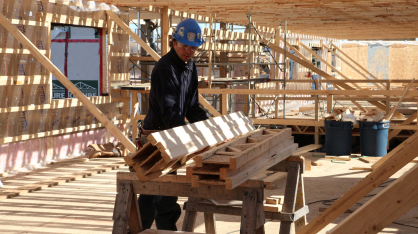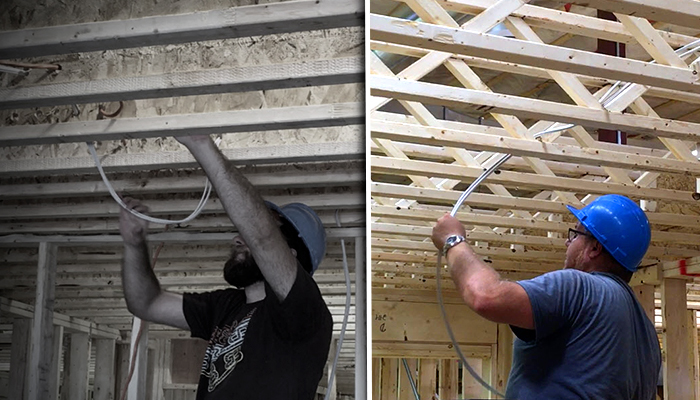A hallmark of engineered joists is their use of geometry to maximize structural capacity. The two most common geometric shapes configuring successful engineered floor framing components are the triangle and the “I”.
History sings praises of the “I” shape. It recognizes the strength it gave to rails carrying transcontinental trains that unified young nations and to steel beams supporting skyscrapers in developing cities. In 1969, Truss Joist Corporation recognized the benefit of using the “I” shape. This is when it developed the wooden I Joist for floor framing.
The triangle shape has been supporting loads for an even longer period of time. Having been used as a solid building concept for centuries, truss plate creator Carroll Sanford made triangulation the foundation for his invention of the open-web floor truss in the early 1950’s. Because triangles equal strength, Barrette Structural Distribution chose this configuration for TRIFORCE® floor joists and also employed some the “I” shape to maximize performance.
The benefits of TRIFORCE® over Wood I joists
Wood I Joists and TRIFORCE® both recognize the strength inherent in shapes. But aside from using different geometry, how do these products compare?
Open and Closed
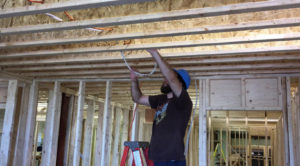
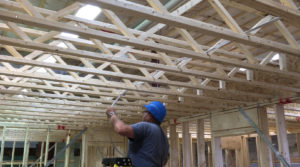
The biggest difference between these two joist products lies in their web configuration. With an open web, TRIFORCE® offers easy access for MEP installation, presenting an opportunity for labor and materials savings. TRIFORCE® features a “built-in hole chart” and lessens the chance that a joist will be cut or drilled in a questionable location. And, if the plumber disregards warnings, TRIFORCE® comes with standard repair details that can be used to correct unwanted alterations immediately with common on-hand materials.
Triangle Power
In terms of span capability, TRIFORCE® joists win the contest. Indeed, it spans significantly greater distances than I Joists of comparable series and depth. Offering a unique Lifetime Warranty, TRIFORCE® joists are individually tested to ensure that only proven units are shipped to a job site. As a result, builders and construction crews can then install every TRIFORCE® open joist with confidence!
Comfort Factor
Vibration in a floor system is the majority cause of complaints from those who live or work in a structure. An open-web joist absorbs and then disperses vibration across its multiple surface areas. Furthermore, it can accommodate continuous through-web bracing that effectively dampens vibration. When compared to other products, this bracing approach makes TRIFORCE® installation much easier.
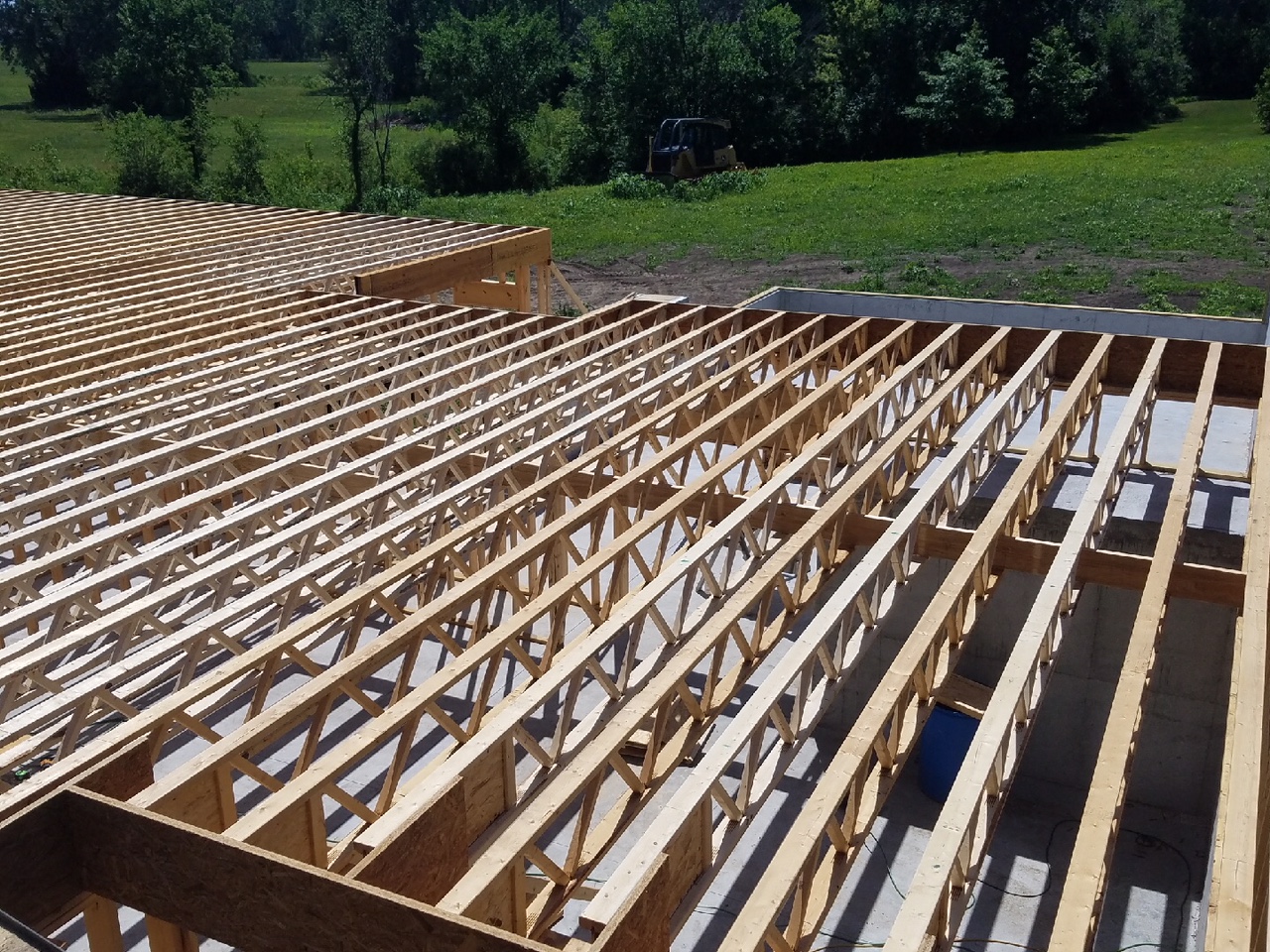
Fire Protection
To comply with the US building codes’ floor system fire protection requirements, I Joists must be covered on both sides of their full solid web with fire-resistant chemicals or cladding. However, TRIFORCE® complies when cladding is applied only to the “I” configuration of the trimmable joist end (a maximum length of 32”). This effectively translates to a cost savings when TRIFORCE® is used.
Builders have switched from I Joists to TRIFORCE® for greater peace of mind underfoot!
